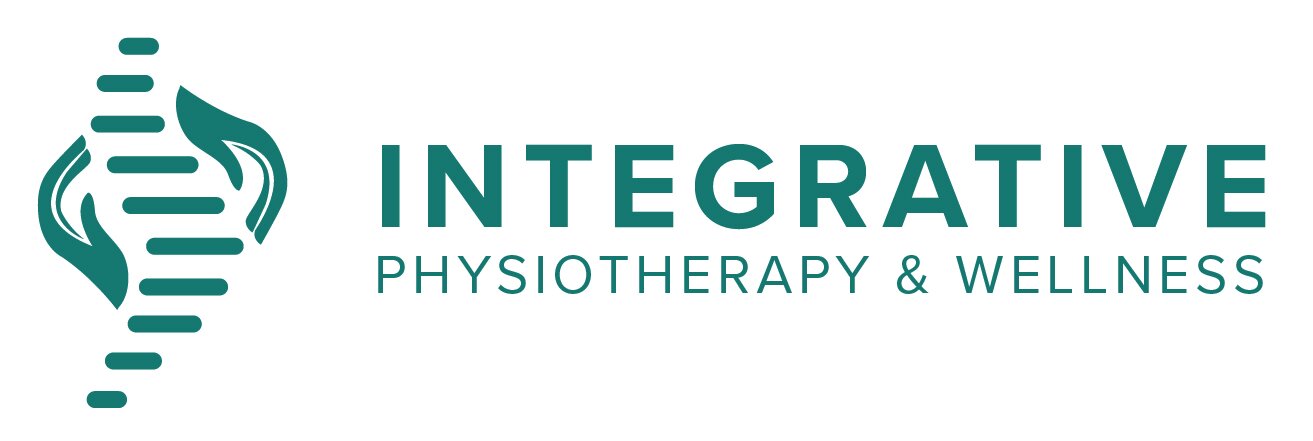Side Effects After Breast Cancer Treatment
After receiving breast cancer treatment, it's common to get shoulder pain and dysfunction. Various treatments like radiation, surgery, chemotherapy lead to long term complications in the upper body due to collateral damage in soft tissues and nerves.
Here are the few of the most common conditions seen in the patients who have received breast cancer treatment in the past.
Rotator Cuff Tendonitis:
Rotator cuff is made up of 4 muscles in the shoulder who are responsible for keeping the shoulder joint stable and functionable. Rotator Tendonitis is characterized as an inflammation of one or more tendons of rotator cuff muscles in the shoulder joint. This inflammation results in pain, reduced ROM in shoulder joint and higher risk of degenerative changes and tears in muscles.
Signs & symptoms:
A toothache, like pain in the shoulder, radiates a few inches below in the arm.
Disturbed sleep due to pain
Pain triggering by overhead shoulder movements
Difficulty in reaching behind your back.
Loss of mobility and strength in shoulder
There are multiple factors after breast cancer treatment which cause this tendonitis. Like,
Radiation: Radiation damages soft tissues in chest, armpit, neck, and shoulder areas. It makes the muscles and tendons tight, which causes inflammation in the rotator cuff tendons.
Scarring: Scarring from surgical sites tightens soft tissue around it from disuse of those muscles for a certain time. It contributes to altered biomechanics in shoulder joints, muscles try hard to fix that alteration, which puts them in strain and inflammation.
Postural changes: After treatment, most of the patients’ posture gets changed and it leads to faulty movements in joints and causes tendonitis.
Muscle weakness: Due to disuse of arm muscles, they get weak and again lead to altered mechanics in joints. It puts patients at higher risk of getting tendonitis.
Adhesive Capsulitis:
It is also known as Frozen shoulder. This condition brings pain and stiffness in the shoulder joint. The actual cause is unknown but usually occurs after major injury or trauma. Additionally, shoulder inactivity plays a major role for the frozen shoulder. Disuse of joints and muscles lead to inflammation in the synovial membrane (lines the shoulder joint), which thickens over time and restricts range of motion in shoulder joint.
Signs and symptoms:
Dull achy Pain and stiffness in shoulder
Pressure like pain in arm muscles
Stiffness. Reduced mobility in shoulder joint
Disturbed sleep due to pain
After breast cancer treatment like mastectomy, patients are advised to restrict the usage of the arm to allow the stitches to heal. And sometimes patients do not use their arm because of pain or fear of damaging the surgical site. So, this disuse or inactivity results in adhesive capsulitis or frozen shoulder.
Chemotherapy Induced Peripheral Neuropathy:
Peripheral neuropathy happens due to damage or compression of the peripheral nerves. It includes pain and sensations of tingling, numbness in the course of nerves, and also causes weakness in muscles supplied by that nerve.
Signs & symptoms:
Muscle cramps & weakness
Intermittent or constant pain
Tingling & numbness
Burning & sharp pain
Reduced sensation of pain, hot or cold
Difficulty with picking up & holding objects with fingers.
Few agents used in breast cancer chemotherapy have known neuro-toxic effects, they damage motor, sensory as well as autonomic nerves. This damage shows the symptoms of neuropathy in some patients sooner or later depending on frequency of chemotherapy and history of neuropathy.
Cervical Radiculopathy:
Cervical radiculopathy is commonly caused by damage to the nerve roots in the cervical spine. This damage could be due to disc rupture, degenerative changes, or tumors in the spine.
Signs & symptoms:
Neck pain and stiffness
Muscle weakness in shoulder, arm or/& hand
Tingling & numbness in neck, shoulder, arm, hand
Burning sensation
Cervical radiculopathy is common in women, especially with breast cancer. Direct relation to the cancer or its treatment has not been found yet. However, it's important to diagnose or rule out this condition as it can mimic other upper extremity disorders related to cancer and its treatments.
TREATMENT:
Our physiotherapists are trained to provide personalized treatment for all these conditions. The treatment approach includes various techniques and therapies.
Education regarding condition and treatment
Ergonomic education
Pain management protocol
Acupuncture & Dry Needling
Hands-on manual therapy like mobilization, manipulation
Strength and mobility training
Balance and co-ordination training
Exercise therapy
Home Exercise Protocol
If you feel like you are suffering from any of the side effects post breast cancer treatment, book a free phone consultation with one of our physiotherapists to get help.
Written By: Anjali Patel, PT BPT
References:
Physio-Pedia. (n.d.). Breast Cancer Patients – Musculoskeletal Problems Experienced. In Physio-Pedia. Retrieved August 12, 2025, from Physio-Pedia website: https://www.physio-pedia.com/Breast_Cancer_Patients_-_Musculoskeletal_Problems_Experienced
Yuksel SS, Chappell AG, Jackson BT, Wescott AB, Ellis MF. "Post Mastectomy Pain Syndrome: A Systematic Review of Prevention Modalities". JPRAS Open. 2021 Oct 30;31:32-49.

